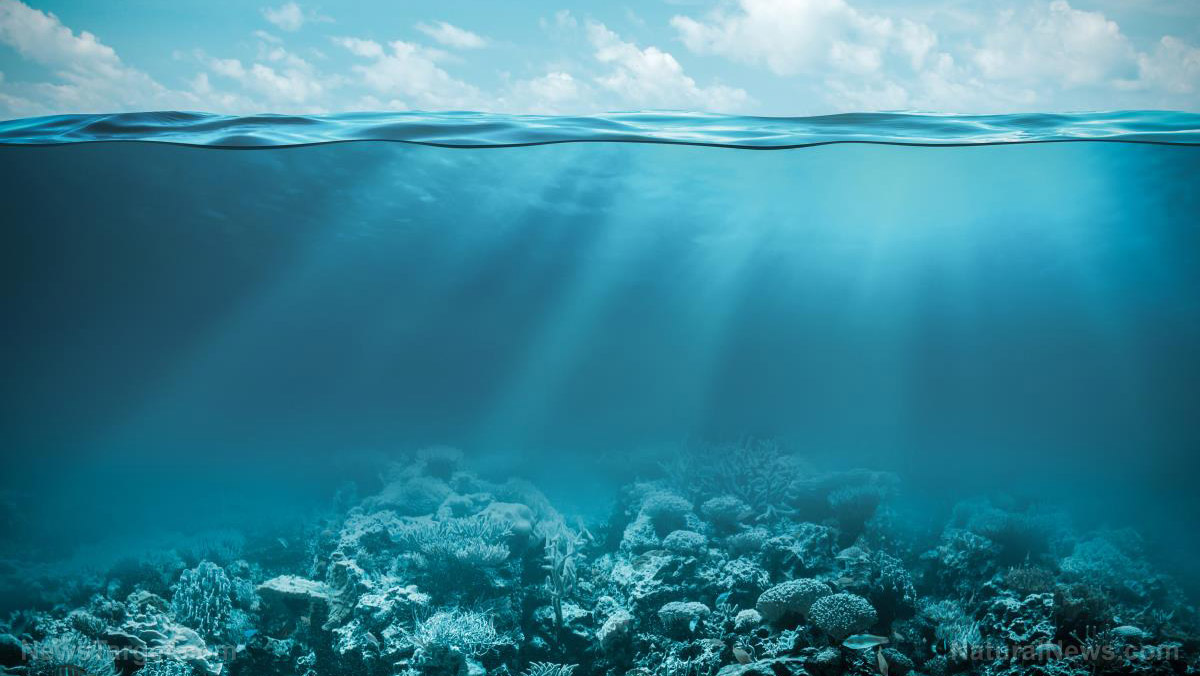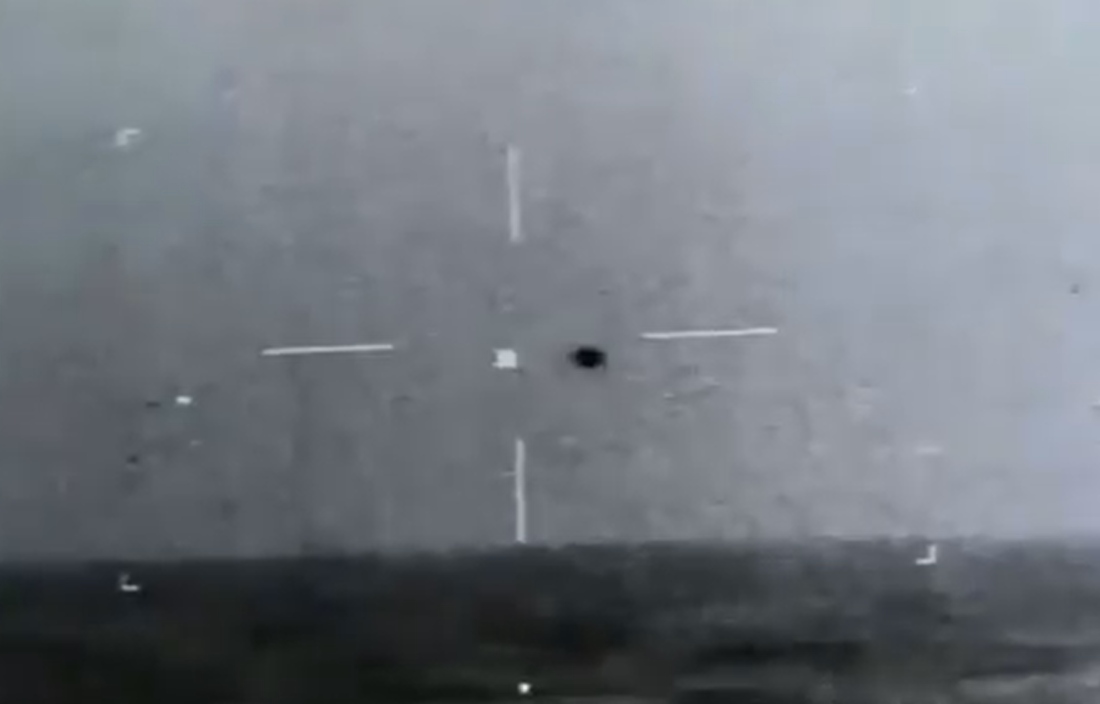
Many of the minerals found in the Lost City are formed by a process known as serpentinization. When the green rock that makes up part of the Earth's mantle, olivine, is exposed to water, it reacts with water's hydrogen and oxygen molecules. This reaction releases high-energy hydrogen gas which then becomes great fuel for the underwater microbes that litter the Lost City. This means that where serpentinization occurs, microbial activity skyrockets.
"It's the closest you can come to a free lunch in the universe," said William Brazelton, biologist from the University of Utah, in an interview. "You make a rock wet and you get food."
Exploring the Lost City
Brazelton and several colleagues explored the Lost City themselves. They were led by Gretchen L. Fruh-Green, senior scientist for the Institute of Mineralogy and Petrology at the Swiss Federal Institute of Technology in Zurich. Fruh-Green, Brazelton and their colleagues wanted to figure out what makes the Lost City a haven for microbial activity. (Related: Underwater geology: Scientists have discovered that ocean currents create avalanches, rivers and other seafloor infrastructure changes.)
According to Brazelton, the microbial activity in the Lost City is unique compared to other sites on Earth where serpentinization occurs because of its richness in life, but it's not really clear why that's the case. To help them answer their questions, they sent a remotely operated vehicle (which they named Jason) to dive into the Atlantis Massif and investigate the microbiological processes that make the Lost City tick.
Jason's role was to collect samples that can help the scientists better understand how serpentinization fuels life and which microbial organisms are most affected by it. Brazelton said that it's very likely that one or two key species help the rest of the underwater microbes survive.
Jason brought back samples which Fruh-Green, Brazelton and their colleagues immediately analyzed. They found that the rocks were filled with microbes. It was estimated that there were anywhere between 10 to a thousand cells per cubic centimeter of rock. Their investigations are ongoing, and in the future Fruh-Green states that she would like to test "the range of metabolisms supported by reactions between fluid and rock in the subseafloor biosphere."
Hydrothermal activity outside of Earth
More research needs to be done in this unique underwater biome specifically because Fruh-Green, Brazelton and their colleagues were unable to recreate the conditions for life in a lab setting. The Lost City has areas where both temperature and pH levels are incredibly high. According to the results of their lab tests, these conditions should be poisonous to any lifeforms. And yet, these exact same conditions seem to be perfect for the underwater denizens of the Lost City.
These conditions are present in other areas outside of Earth. Since the discovery of hydrothermal vents in the 1970s, astrobiologists have been searching the Solar System for evidence that these deep sea chimneys also exist in other celestial bodies because these meant that planets that don't have great access to sunlight could still theoretically have life.
This means that planets and moons, like Saturn's sixth largest moon Enceladus, which potentially has hydrothermal activity going on in its oceans, may be harboring extraterrestrial microbial activity.
Sources include:
Please contact us for more information.























